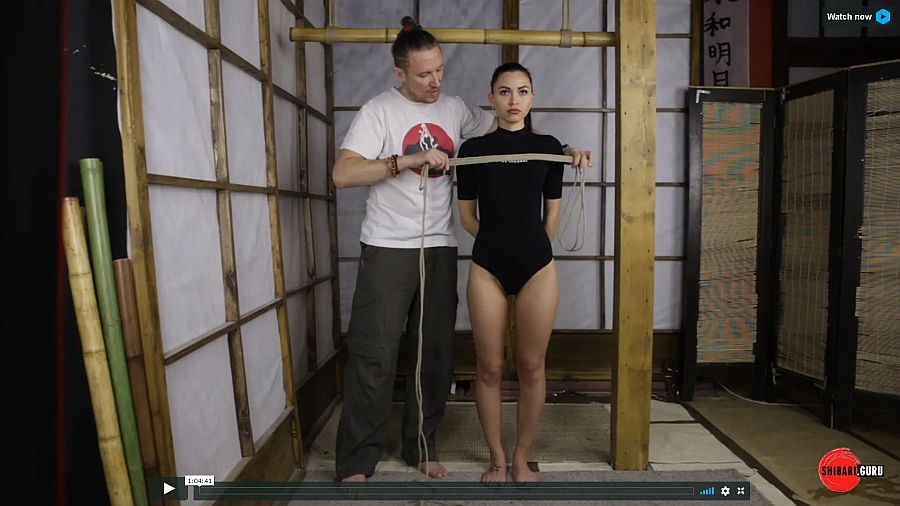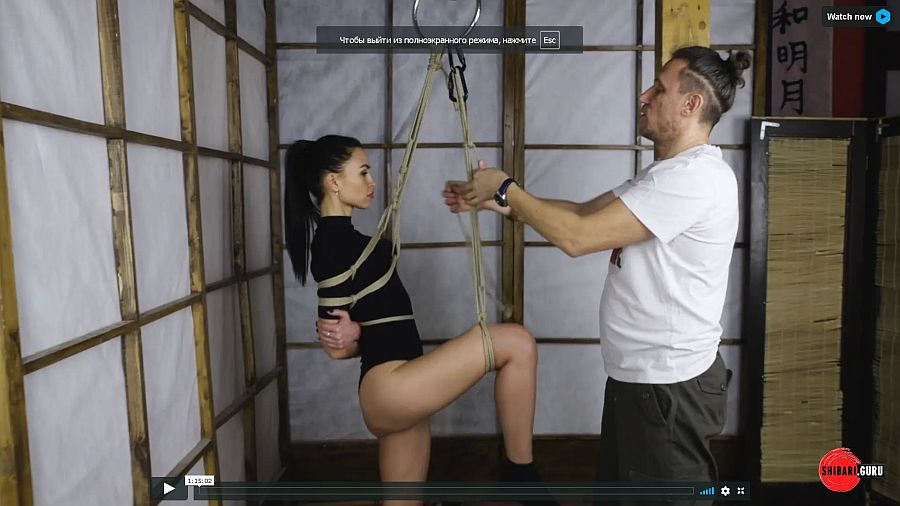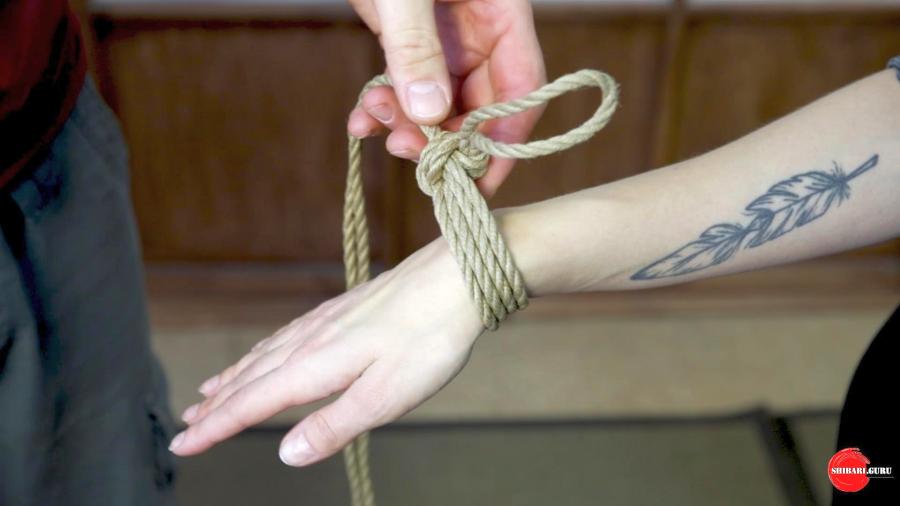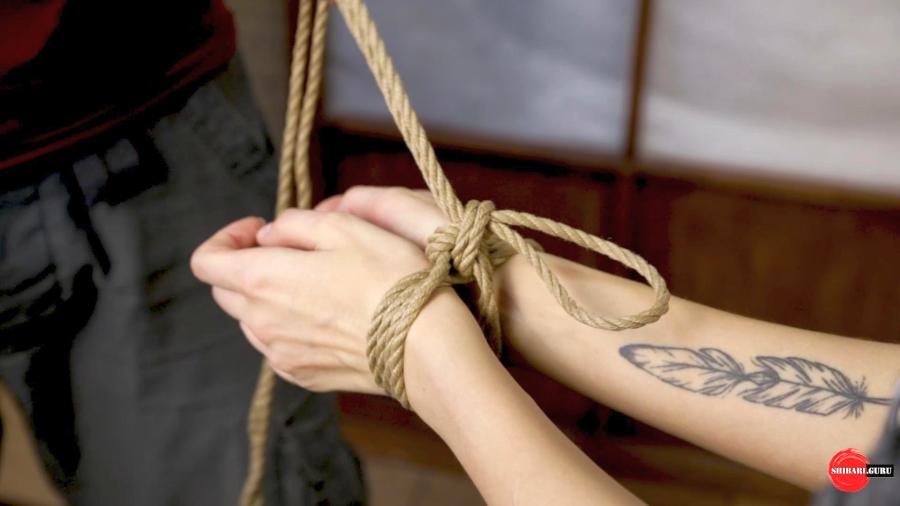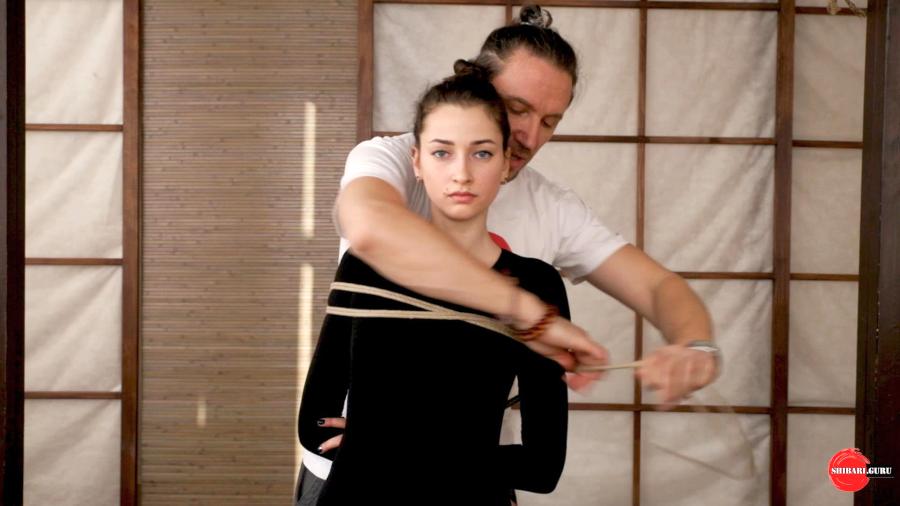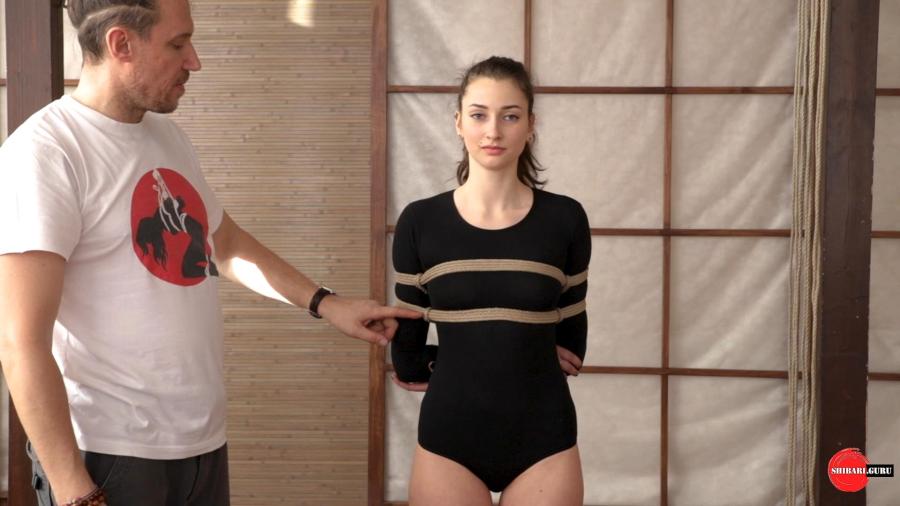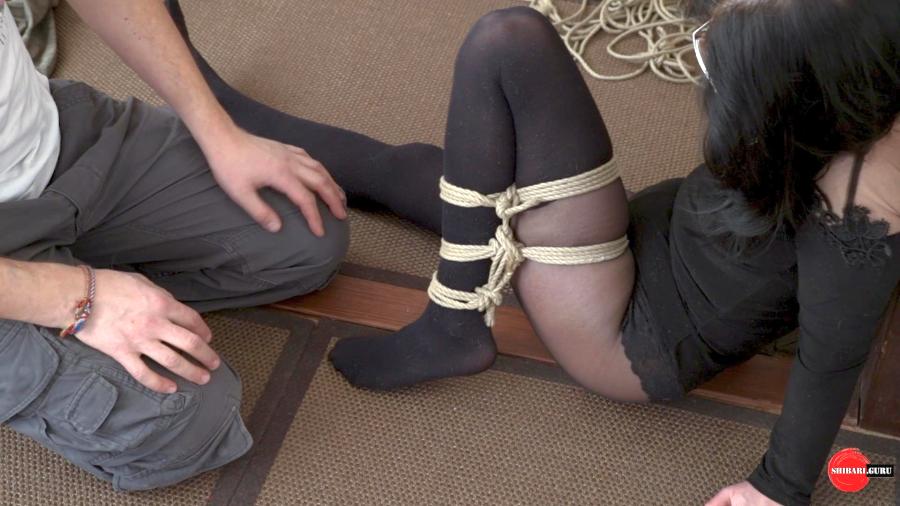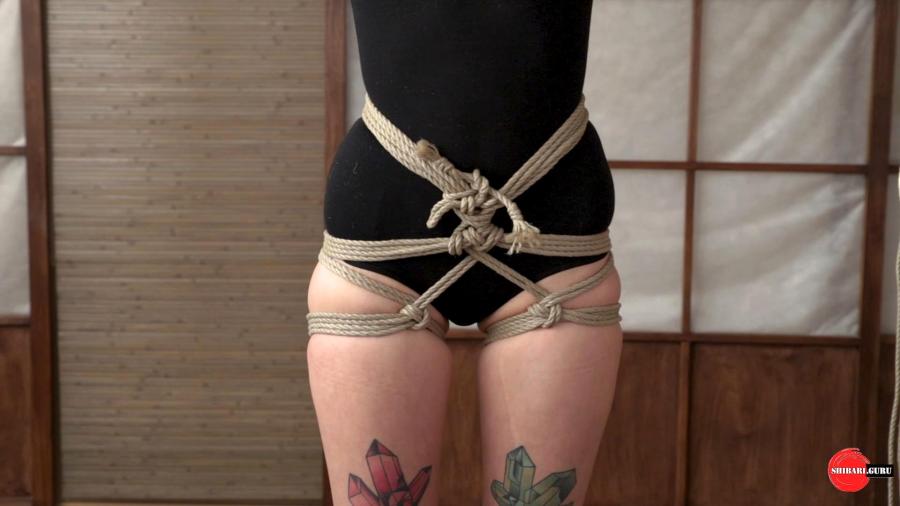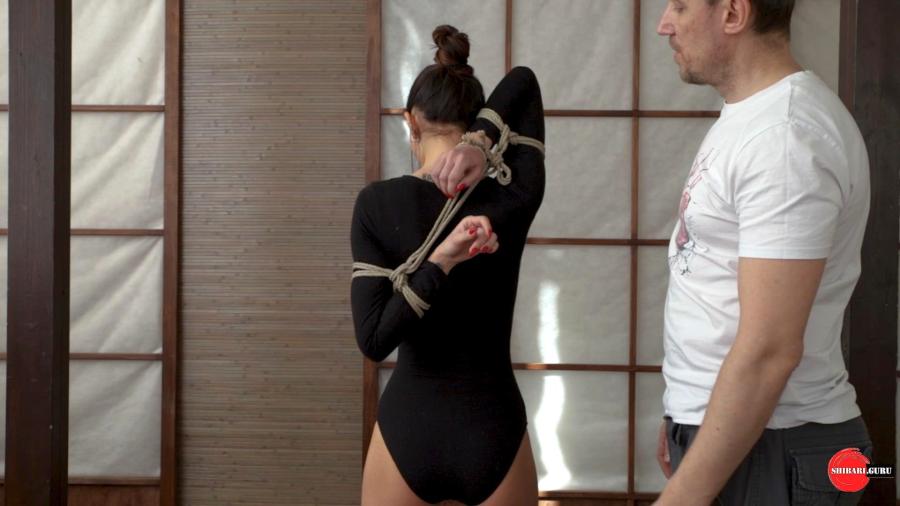Shibari introductory lesson
This shibari lesson is an overview.
It will talk about what is shibari, what are the risks, what places on the human body are more or less safe to connect, how to reduce the risk of injury, what to do if an injury has occurred and many other issues.
Please listen to this lesson carefully. It is important to understand that the private opinion of the instructor is expressed here, that each person is unique and that there are always several options for making any kind of bondage.

 Русский
Русский